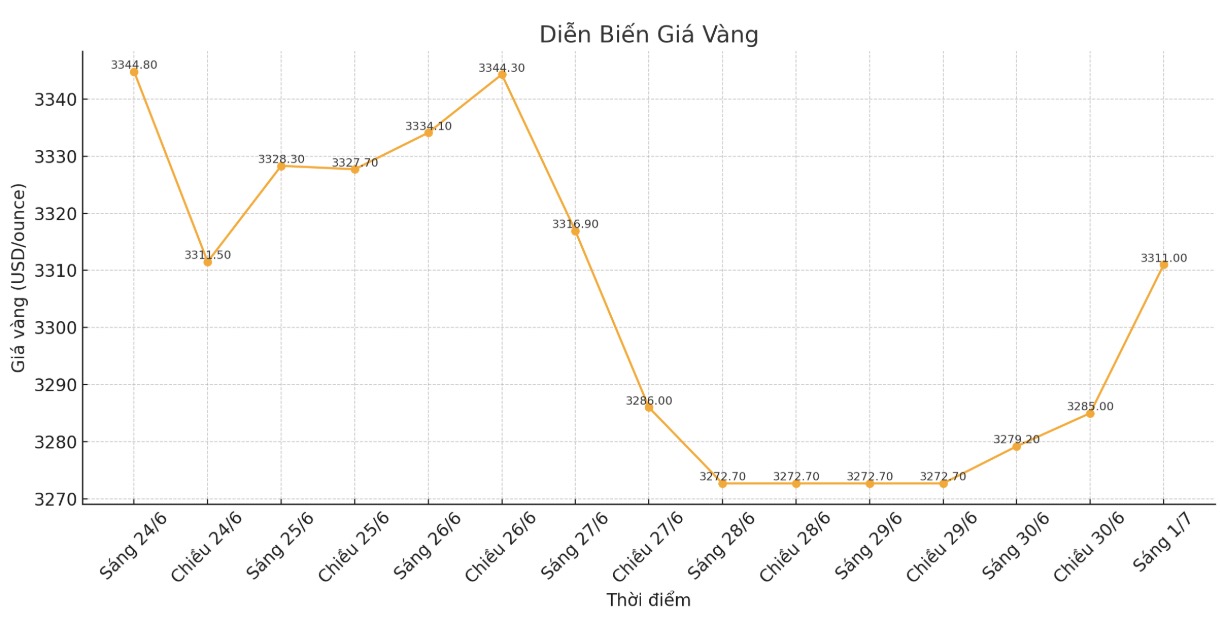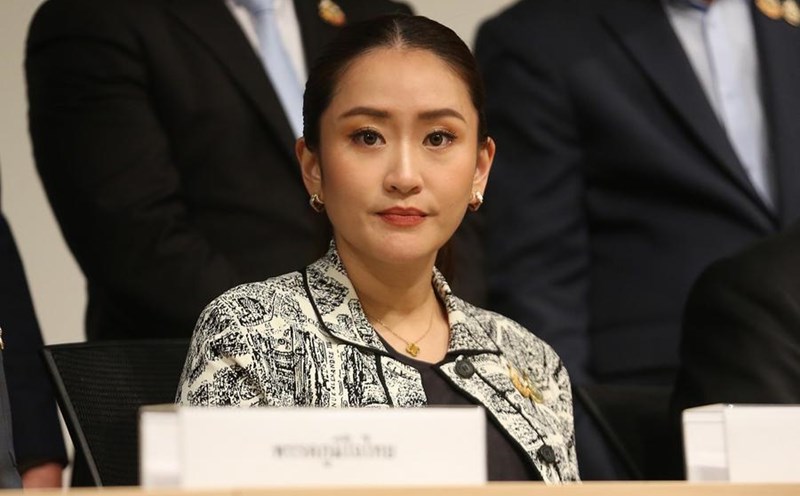According to Mr. Joseph Wu - Vice Chairman and portfolio manager at RBC Wealth Management, since the long-standing back-and-forth relationship between gold and real interest rates was broken, gold price fluctuations have been increasingly dominated by other drivers.
In a recent analysis, Wu said it is always difficult to clearly identify which factors determine gold prices. However, for the past 25 years, there has been a relationship that has been quite stable that is, gold prices have often fluctuated in the opposite direction to real interest rates, he said.
Since gold does not create cash flow and also causes storage and insurance costs, Mr. Wu said that gold's yield can be considered negative. This makes gold very sensitive to real interest rate fluctuations (inflation has been adjusted). As real interest rates increase, the opportunity cost of holding gold also increases, reducing its appeal to income-generating assets. Conversely, when real interest rates fall, gold benefits, he wrote.
From the late 1990s to 2021, this momentum was quite stable. Real periods of low or lower interest rates measured by the yield on the US 10-year TiPS bond, often create a favorable environment for gold prices, Wu said. However, since 2022, this model has weakened significantly. Although real interest rates increased sharply in 2022 and 2023 when central banks strongly increased interest rates to curb post-pandemic inflation, gold prices still maintained their strength. Gold has also continued to rise recently even as real yields have moved sideways.
Mr. Wu said that a "new regime" is taking shape, with new demand and price drivers.
Like all other assets, gold is affected by supply and demand. However, gold supply has been quite tight, global mining output has only increased by an average of 2% per year since 2010 so the focus is often on demand factors, he said.

Gold is considered a place to store value, central bank reserves and a tool to diversify investment portfolios. The broad role of gold is always different, requiring a separate analysis framework. Factors driving gold demand often change depending on the macroeconomic context, Mr. Wu noted.
With the backward relationship between gold and real interest rates broken, the decisive factors in the direction of gold prices are shifting.
Its increasingly important to understand who the main buyers are in the market and why they are buying gold, he said. In recent years, central banks have become big buyers, and theyre less affected by gold price fluctuations. Their return to gold is partly due to geopolitical factors, especially after the West froze Russia's foreign currency assets in 2022, causing many countries to see the risks of holding US dollar reserves. Since then, many central banks especially in emerging markets have gradually diversified foreign exchange reserves by increasing gold purchases.
Mr. Wu said that central banks have net bought more than 1,000 tons of gold per year for 3 consecutive years, double the average for the period 2010-2021, helping to offset weak demand from investors.
This trend seems to be continuing. A recent survey of 72 currency institutions conducted by the World Gold Council shows that almost all (95%) predict that public sector gold holdings will increase next year, implying that central banks will continue to buy gold in the coming years, he wrote.
Two other fundamental factors that could also boost gold demand in this new period are the need to diversify portfolios and golds role as an alternative value-keeping channel.
Mr. Wu said: The US's narrowing of its global leadership role is clearly demonstrated through the period of the Donald Trump administration focusing more on domestic issues, which occurred at the same time as the world becoming more geopolitically divided.
A less cohesive, more conflictive world, combined with concerns about national debt at very high levels and doubts about the long-term role of the US dollar in the international financial system, all of these factors could make gold more attractive as an asset to help diversify portfolios in the context of prolonged uncertainty."











